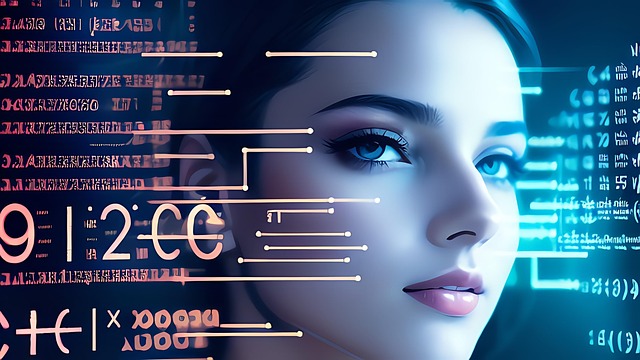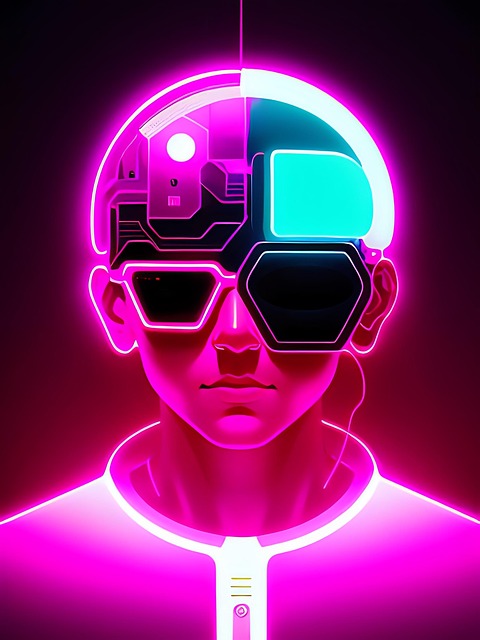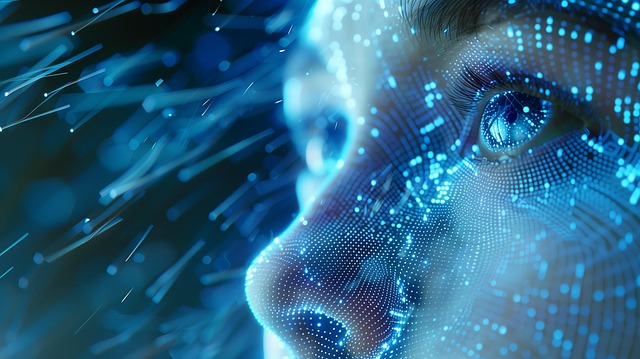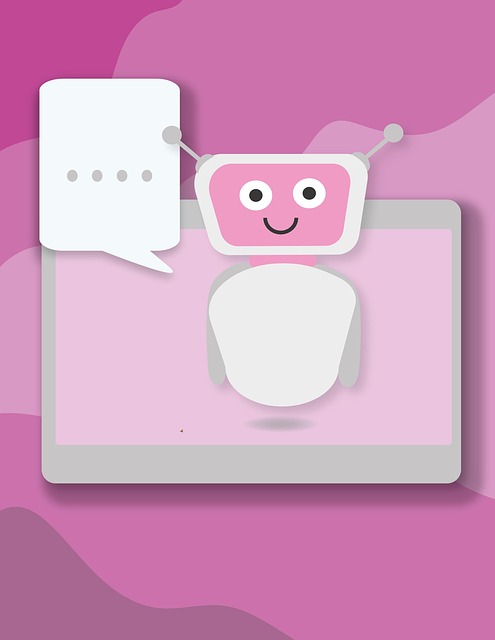AI chatbots have evolved from basic rule-based systems to advanced adaptive models using natural language processing (NLP) and machine learning. These tools engage in contextually relevant conversations, offering personalized assistance in customer support and tasks like scheduling and information retrieval. By learning from interactions, they continuously improve user experiences. In today's digital era, users expect AI chatbots to deliver seamless, tailored experiences, driving the need for adaptive systems that understand context, preferences, and communication styles, thereby enhancing satisfaction and trust. As AI chatbots advance, their ability to cater to individual needs will shape future user-AI relationships, fostering intuitive interactions and meaningful collaborations.
In today’s digital landscape, AI chatbots are transforming user interactions. These advanced systems leverage machine learning to understand and adapt to individual needs, creating personalized experiences that were once unimaginable. From initial queries to complex tasks, adaptive AI chatbots evolve with each exchange, leveraging vast data to offer tailored solutions. This article explores the core capabilities of AI chatbots, delves into their role in shaping user experiences, highlights driving factors behind this personalization revolution, and considers future implications for user-AI relationships.
- Understanding AI Chatbots: The Core and Capabilities
- Adaptive AI in Action: Tailoring User Experiences
- Factors Driving the Need for Personalized Interactions
- Future Implications: Enhancing User-AI Relationships
Understanding AI Chatbots: The Core and Capabilities

AI chatbots have become increasingly sophisticated, transforming from simple rule-based systems to advanced adaptive models. At their core, these chatbots utilize natural language processing (NLP) and machine learning algorithms to understand and interpret user queries. They can engage in conversational interactions, providing relevant responses based on context and prior exchanges.
The capabilities of modern AI chatbots are vast. They can assist with customer support, offering personalized solutions to common issues or inquiries. These chatbots can also act as virtual assistants, scheduling appointments, setting reminders, and providing information at the user’s request. Moreover, their ability to learn from interactions allows them to continually improve and evolve, ensuring a more tailored and effective user experience over time.
Adaptive AI in Action: Tailoring User Experiences

Adaptive AI in Action: Tailoring User Experiences
AI chatbots are at the forefront of revolutionizing user interactions by learning and adapting to individual preferences. These intelligent systems use advanced algorithms to analyze vast amounts of user data, including behavior patterns, communication styles, and feedback. Over time, they evolve to provide more personalized responses, ensuring an enhanced and unique experience for each user. For instance, a customer service AI chatbot can understand a client’s specific needs based on previous interactions, offering tailored solutions and recommendations.
This adaptability allows AI chatbots to go beyond basic task completion. They can anticipate user requirements, providing proactive assistance and creating a more engaging and efficient connection. By continuously learning from user feedback, these chatbots improve their accuracy and relevance, making them invaluable tools in various industries, from healthcare to e-commerce, where personalized interactions are key to customer satisfaction.
Factors Driving the Need for Personalized Interactions

In today’s digital landscape, users expect seamless and personalized experiences from AI chatbots. Several factors drive this need for tailored interactions. One primary reason is the increasing complexity and diversity of user queries. With a vast array of topics and varying levels of user expertise, a one-size-fits-all approach can lead to frustrating user experiences.
Additionally, users value conversations that feel intuitive and human-like. AI chatbots that adapt to individual needs demonstrate an understanding of the user’s context, preferences, and communication style. This personalization enhances user satisfaction, fosters trust, and encourages continued engagement with the chatbot interface.
Future Implications: Enhancing User-AI Relationships

As AI chatbots continue to evolve, their ability to adapt and cater to individual user needs will have profound implications for future user-AI relationships. The current trend of personalized experiences will intensify, with AI assistants becoming increasingly attuned to users’ preferences, behaviors, and emotions. This deeper connection could lead to more intuitive interactions, where AI anticipates user requirements before they are explicitly stated.
Imagine an AI chatbot that not only understands your professional needs but also adapts its communication style based on your mood or personal interests outside of work. Such advancements would foster a sense of companionship and trust, transforming the way we engage with technology in our daily lives. This evolution promises to enhance productivity, reduce cognitive load, and create more meaningful human-AI collaborations.
